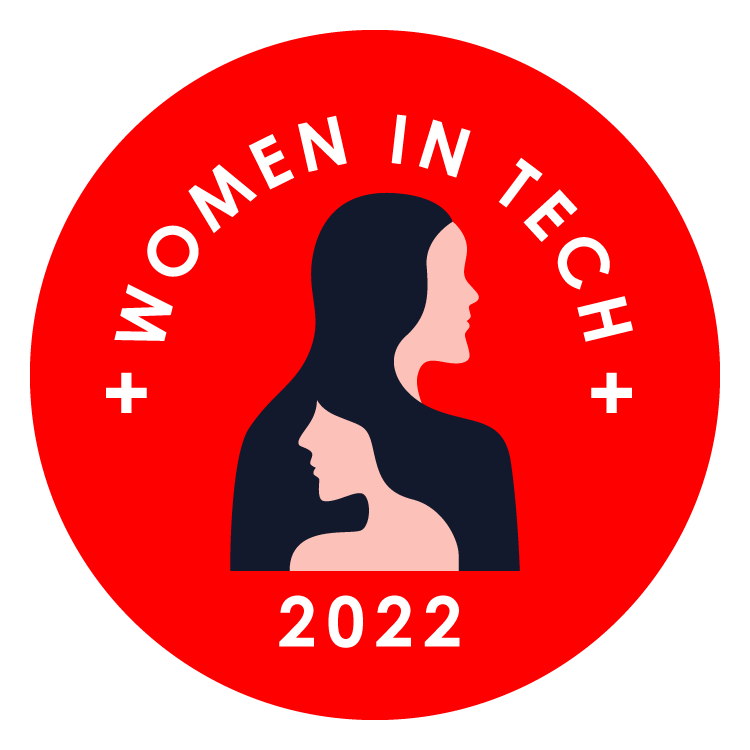Men might dominate technology, but the women successfully breaking into the industry and trailing a blaze report good things

If you think women haven’t really caught up to men in the field of technology, you might be right. Barriers to entry for women in tech are numerous, and the number of women working in the sector remains woefully low. A recent study led by Accenture and Girls who Code showed that 50 per cent of women abandon technology careers by the age of 35 and that women are leaving tech roles at a 45 per cent higher rate than men, but the winds of change are blowing to make the industry inclusive. Women in the tech industry say it’s a place they could thrive.
“Over the past year, I’ve encountered a rapidly increasing proportion of female data professionals. Not just in the data science space but related roles like data engineering and analytics. That’s encouraging because the data industry offers a vast array of stimulating, impactful and well-paid jobs that suit much different skill and attitude types,” says Dina Mohammad-Laity, an independent data strategy advisor and former Director of Data Science at Talabat.
The data industry is inherently creative, continues Mohammad-Laity. “Creative problem solving, creative storytelling. So the fact that we’re seeing more women come into the field means we’ll all benefit from new types of creativity.”
Although investment in women-founded startups, according to Wamda, dropped to just $34.6 million or 1.2 per cent of the total raised deals in 2021 in the MENA region, there’s hope for the growing number of women startup founders looking for venture capital.
“Women founders, globally and in the MENA region specifically, lack support from a very early stage. The percentage of funding going to startups with women founders is growing but still very limited and inversely proportional to the startup stage.
In fact, 23 per cent of seed dollars, 19 per cent of early-stage funding, and 9 per cent of late-stage funding went to companies with at least one female founder in 2020. But these numbers are lower for sole female founders,” says Medea Nocentini, co-founder of C3 and COO at Global Ventures.
Cracking the code for reversing this troubling trend is an inclusive culture, the key to unlocking opportunities for women studying and working in technology.
C3 is helping build a more inclusive, equitable, and accessible ecosystem for women founders throughout their life cycles. “Our accelerators play a huge role in giving women founders a competitive edge from the very start. This can even go a few steps back, empowering women to jump on the entrepreneurship journey and providing them with the necessary grounding to launch their businesses,” adds Nocentini.
According to World Economic Forum research, women represented in the data, and AI positions in the workforce are 26 per cent. Crucial to delivering equitable outcomes is increasing diversity and inclusivity, according to Debbie Botha, Chief Partnership Officer at Women in AI, a non-profit working towards gender-inclusive AI that benefits global society. “It is clear that bias has not been addressed adequately globally, and one very effective way to address bias in AI is to engage diverse teams throughout the entire process.”
Ways to improve inclusion
There are many ways to improve inclusion in tech. According to the World Economic Forum, and specifically two women leaders, Kay Firth Butterfield and Beena Amnanath, there are five ways to increase women working in AI – support STEM education, showcase women trailblazers, mentor women for leadership roles, create equal opportunities, and most importantly, ensure a gender-equal reward system.
“We are at a time when there is a huge push to get more women involved in STEM. Women will be more aggressively included in the innovation and gain more visibility with the advancements in technology. Women as technologists bring invaluable resources and innovation to the global community, helping to amplify the good in everyone,” says Botha.
Organisations have a lot more work to do to attract and keep talented women professionals. Yet, despite good prospects – half of the young women who go into tech drop out by the age of 35. Is the lack of female models reinforcing the perception that a technology career isn’t for them?
“I remember female leaders have influenced most of my bold career progressing moves. Some of them took me under their wings and coached me; others took me along when their careers progressed. When I was at IBM, one of my favourite female leaders, Mandy Chessel, helped me get onto the leadership team of a community of around 800 information architects. That is where I started seeing the value of communities. Female leaders inspire us, and a community is a great place to incubate that inspiration,” says Botha.
If you liked reading this, you might like our other stories
Why is Funding In Women-Led Startups Still Very Limited
A Cloud Revolution Is Advancing KSA









